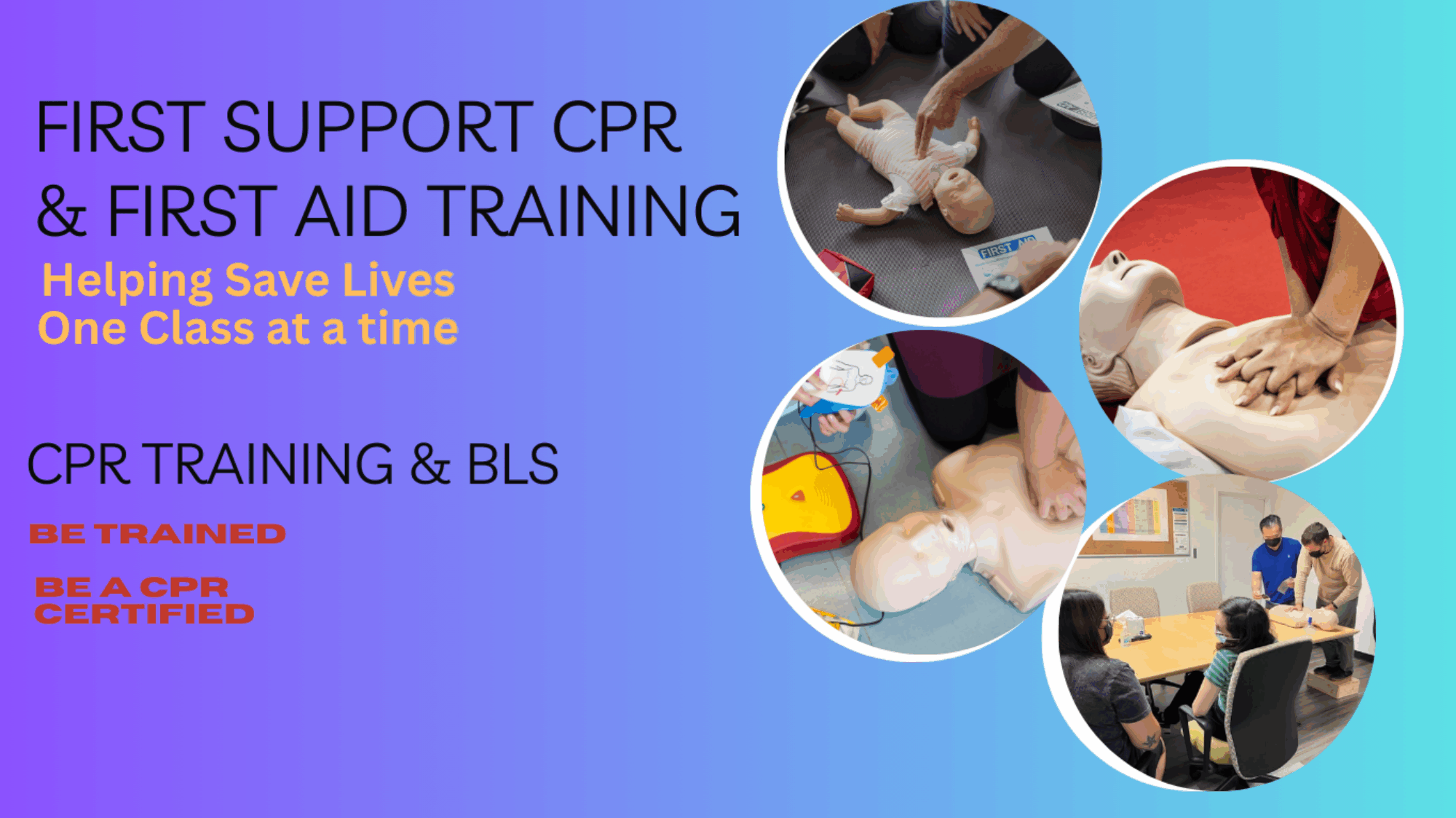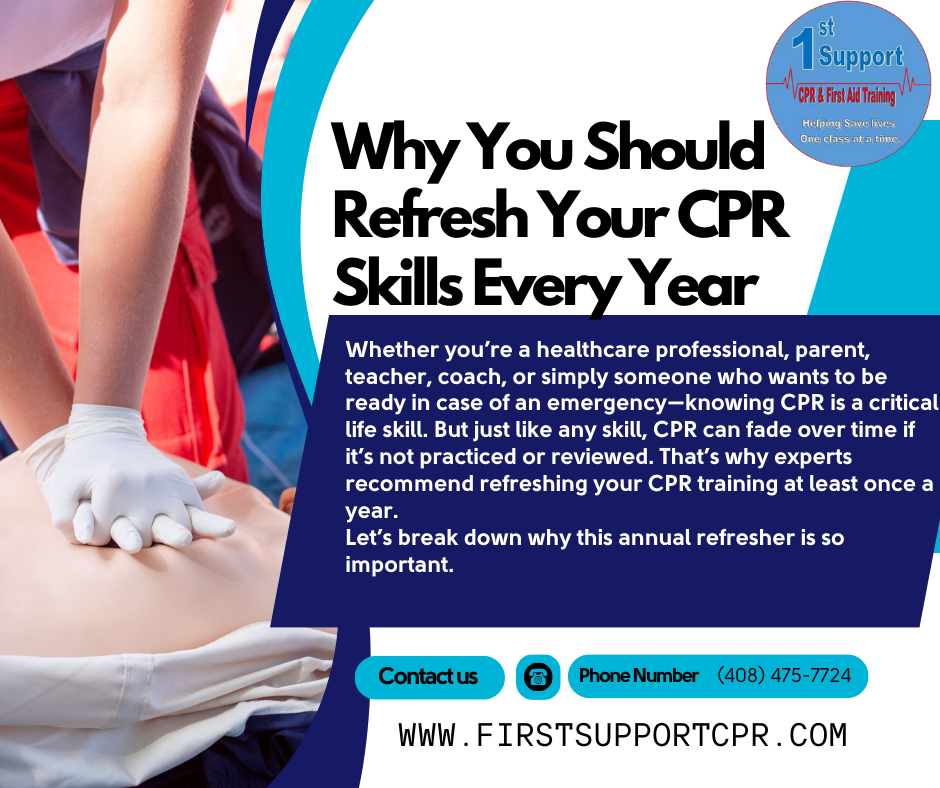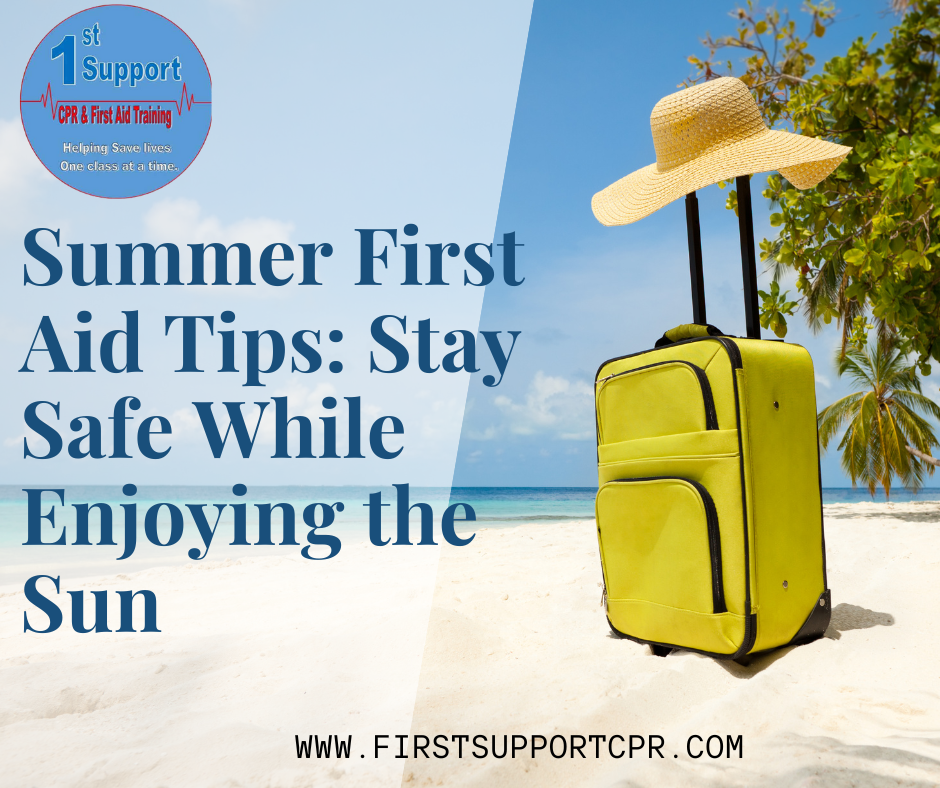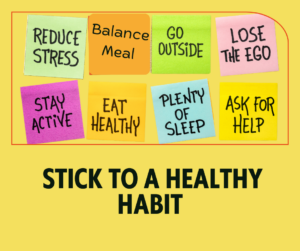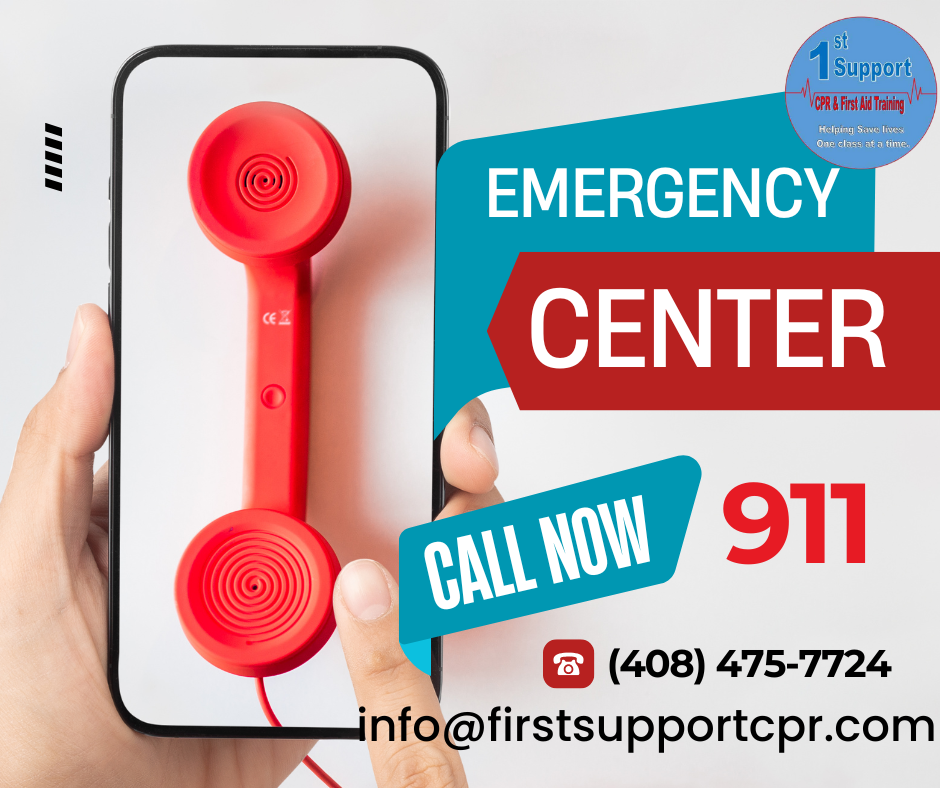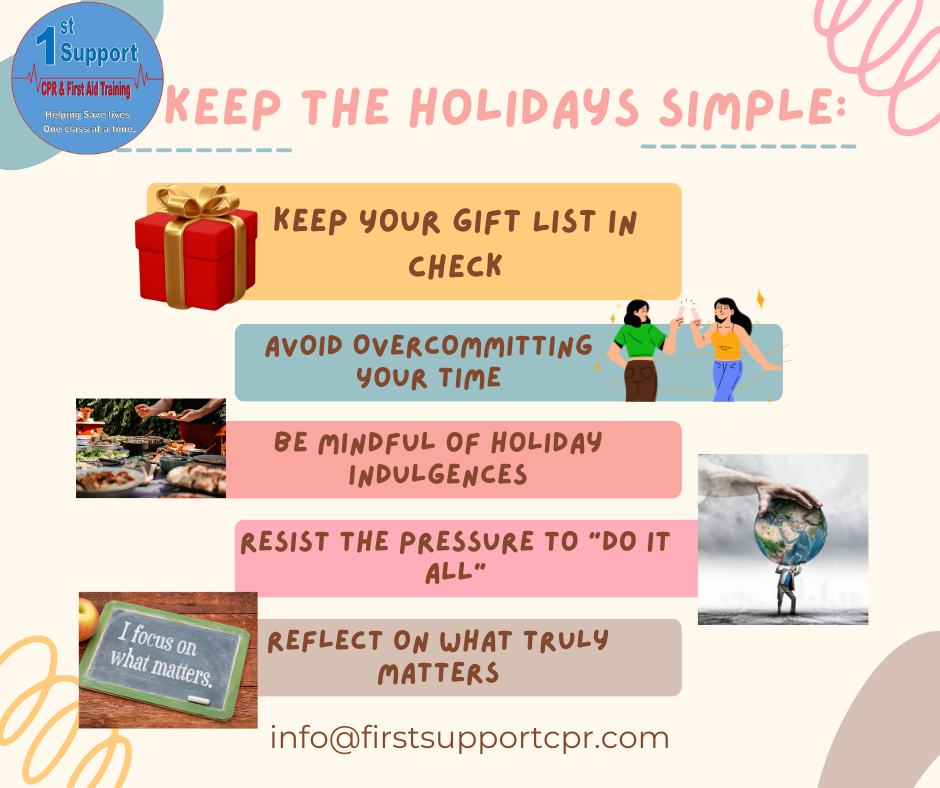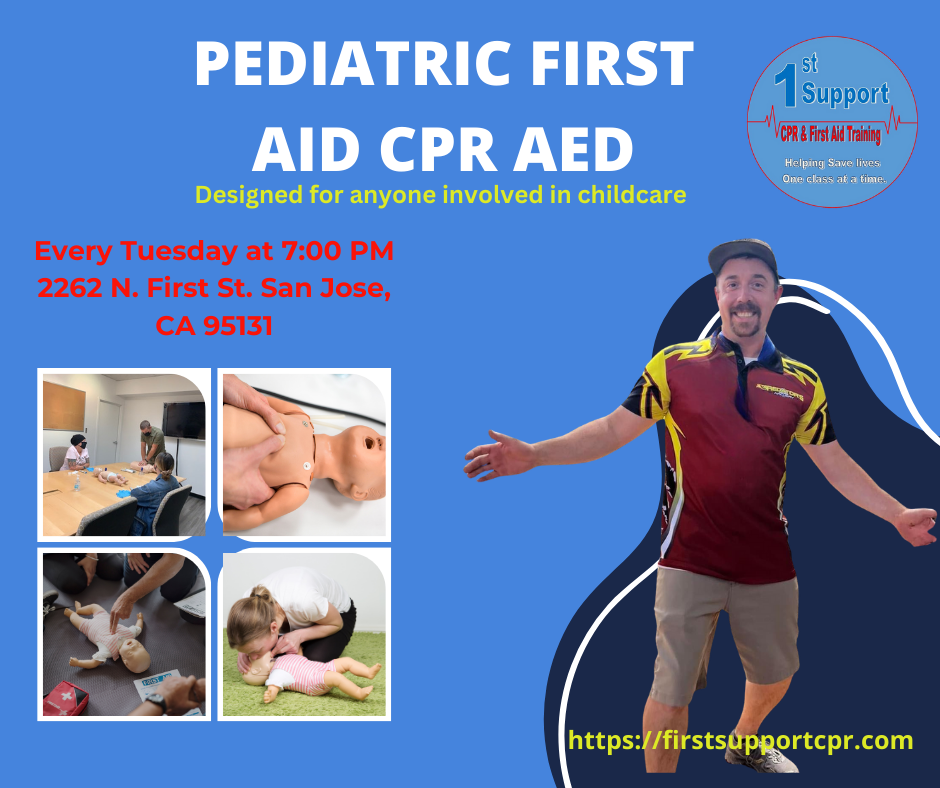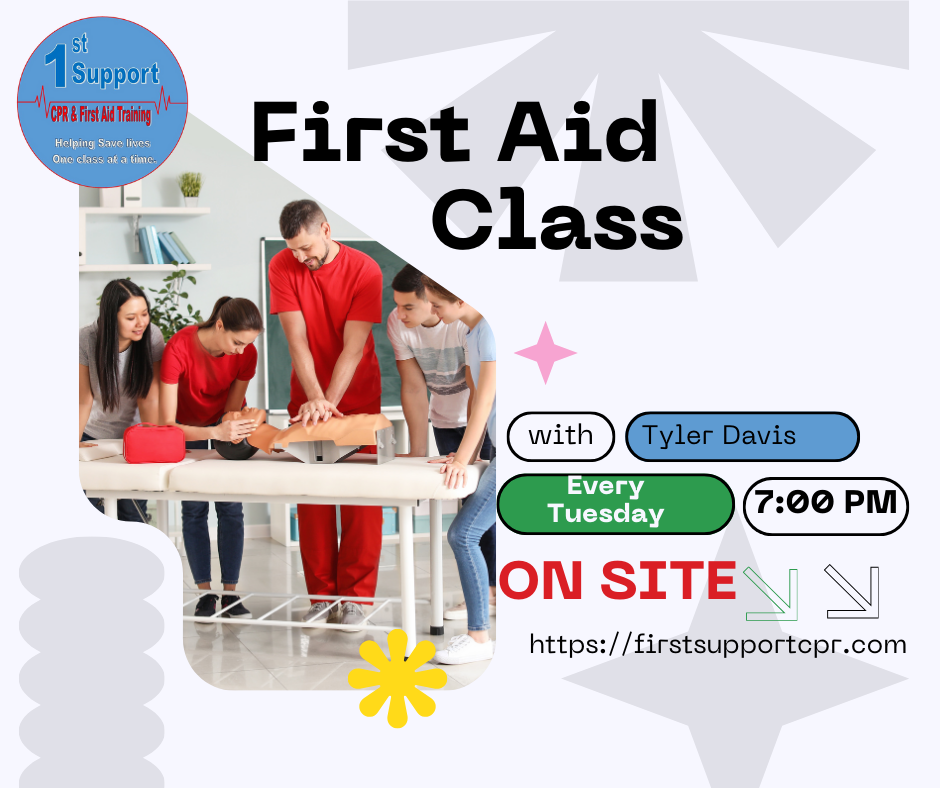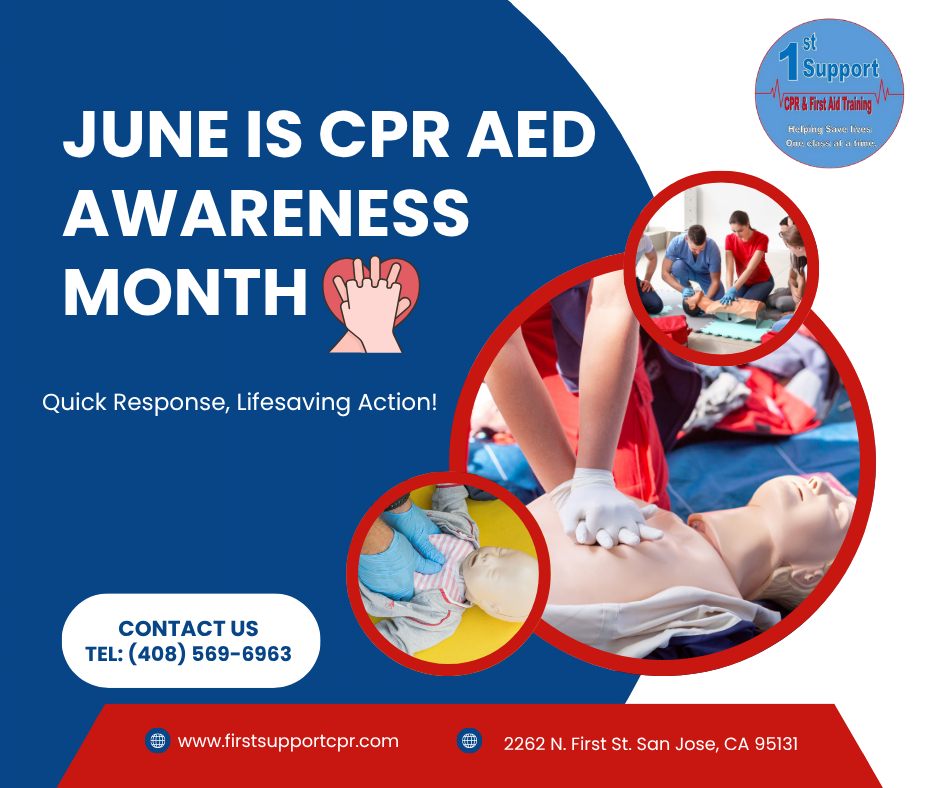
Every second counts when a cardiac emergency happens. And every year, thousands of lives are saved thanks to bystanders who step up with CPR. That’s why June is recognized as National CPR & AED Awareness Month — a time to raise awareness, refresh our skills, and remind ourselves how powerful our actions can be.
At First Support CPR & First Aid Training, we believe you can be the difference between life and death — and we’re here to show you how.
🚨 Why CPR Training Matters More Than Ever
-
Over 350,000 cardiac arrests happen outside of hospitals in the U.S. each year.
-
Nearly 70% happen at home, where a loved one becomes the first responder.
-
CPR, especially if performed immediately, can double or even triple a person’s chance of survival.
Despite these facts, most people don’t feel confident enough to act in an emergency.
We’re changing that!
💡 Did You Know?
The American Heart Association recommends refreshing CPR skills every year to stay up-to-date with the latest techniques and confidently respond in an emergency. Even if your certification lasts 2 years, a lot can change—especially under pressure.
🧡 This Year’s Theme: “Be the Beat”
The AHA’s 2025 campaign theme reminds us that we are the rhythm that keeps hearts beating when crisis hits. You don’t have to be a doctor or a nurse to save a life—just someone willing to learn and act.
At First Support CPR, we make it easy, engaging, and empowering.
📍 CPR & AED Classes in San Jose – Join Us!
Located right here in 2262 N. First St. San Jose, CA, we offer hands-on CPR and First Aid training for:
👶 Parents & Grandparents
🎓 Teachers & School Staff
🏡 Babysitters & Nannies
🧑⚕️ Healthcare Workers
💼 Small Business Teams
🧍♀️ Anyone who wants to be prepared
👉 [Book your CPR class now]
📅 Classes fill up fast for CPR Month—don’t wait!
🙌 Be the Reason Someone Gets a Second Chance
Learning CPR is more than checking a box. It’s about having the courage to step up when it matters most.
This June, take the first step. Or take it again.
Be the beat that saves a life.
Ready to train with us?
📞 Call us at (408) 475-7724
🌐 Visit https://firstsupportcpr.com
📍 2262 N. First St. San Jose, CA
📩 info@firstsupportcpr.co
